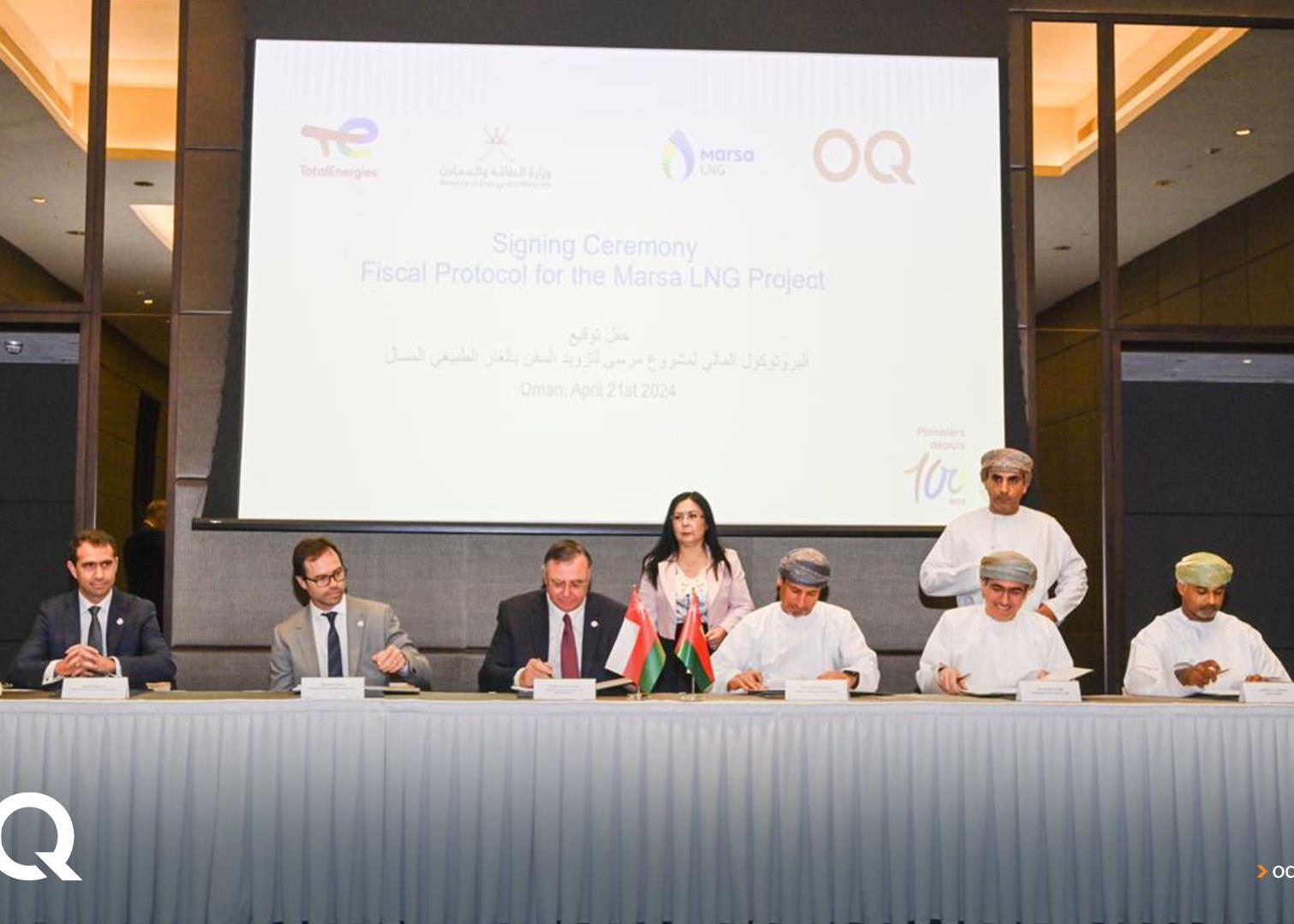
Gulf expected to produce 12 per cent of world’s aluminium by 2020
After less than two years since its commissioning, Emirates Aluminium’s (Emal) Taweelah smelter has reached a production milestone, with more than one million tonnes of hot metal manufactured in November.
Production currently stands at 2,035 tonnes a day (t/d), and averaged 1,400 tonnes a day (t/d) since 2009, according to a 6 December company release.
Emal is a joint venture of Abu Dhabi’s Mubadala Development Company and Dubai Aluminium (Dubal).
Emal’s president and chief executive officer, Saeed Fadhel al-Mazrooei, says construction on the company’s second phase expansion is now under way and the new plant is expected to reach full production by 2014. “EMAL is well on track to meet future increased global aluminium demand”, says Al-Mazrooei.
The $4.5bn expansion will almost double capacity at the Taweelah site to 1.3 million tonnes a year (t/y) from 750,000 t/y. It will involve building the world’s longest smelting line covering 1.7 kilometres, making Emal one of the world’s largest single-site aluminium producers.
Several engineering, procurement and construction management (EPCM) contracts worth more than $700m have already been awarded. Canada’s SNC Lavalin has been appointed as the EPC management contractor.
The new smelter will be joined by another 19 aluminium projects planned or under way in the Gulf, worth a total of $23.7bn, as the GCC region gears up to becoming a major force in aluminium production. Most of the schemes are expected to be completed by 2017.
According to MEED projects, Saudi Arabia accounts for the bulk of the projects with $11.5bn. More than half of these are already under construction at state-owned Maaden’s joint venture with the US’ Alcoa at Ras al-Khair on the Gulf coast. Another $3.5bn scheme is under study for the Red Sea city of Jizan. The UAE also has $7.3bn-worth of projects, including the second phase expansion of Emal.
By the end of the decade, the Dubai-based Gulf Aluminium Council expects the region to contribute as much as 12 per cent of global supply, with regional smelters turning out more than 10 million t/y.
Despite global recession and slowing growth, the long-term picture for the aluminium sector is healthy says Marco Georgiou, analyst at London-based consultants CRU.
“China will be the biggest producer, but it consumes all of its production. By the end of the decade, the Middle East will be on a par with Russia as a major producer and net exporter,” says Georgiou.
Demand is expected to reach 72 million tonnes by 2020, up from about 42 million tonnes currently. Much of the growth will come from China, but this will largely be met domestically.
Middle East demand continues to grow strongly, says Georgiou, but will be outstripped by supply, so regional producers will look to export to other markets. Growth in southeast Asia and India is expected to drive demand, particularly in the transport and construction sectors.
You might also like...

Contractors win Oman Etihad Rail packages
23 April 2024

Saudi market returns to growth
23 April 2024

Middle East contract awards: March 2024
23 April 2024

Swiss developer appoints Helvetia residences contractor
23 April 2024
A MEED Subscription...
Subscribe or upgrade your current MEED.com package to support your strategic planning with the MENA region’s best source of business information. Proceed to our online shop below to find out more about the features in each package.






